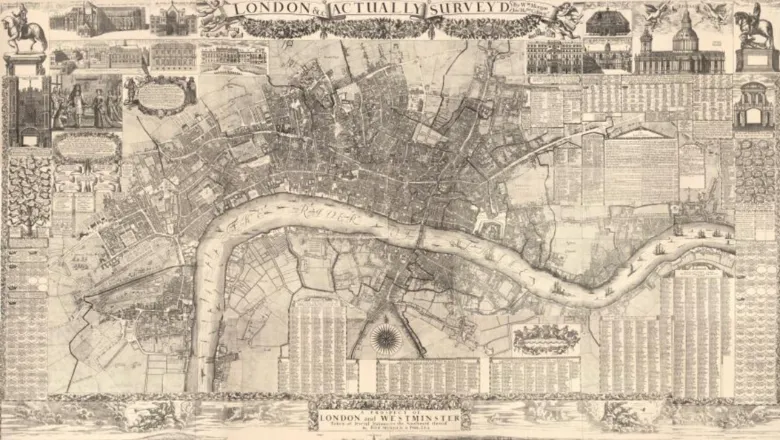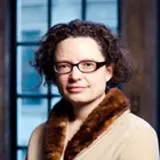Multilingual Early Modern London 1547-1714

We know that early modern London was a multilingual city: in the law courts, in foreign-language churches, in markets and shops, at the Royal Exchange, in coffeeshops and clubs, workplaces, printers’ shops, booksellers, and on the stage, Londoners would encounter a multitude of different languages. But what did that everyday encounter with multilingualism feel like for early modern Londoners? This project investigates the emotions of early modern multilingualism, reading a wide range of sources (journals, court records, church records, letters, plays, masques, linguistic handbooks, satire, diaries) for what they can tell us about the encounter with different languages. We aim to open new avenues of research for early modernists, historians of emotions, and modern linguists and to promote a public understanding and awareness of the multilingual early modern city.
The project involves an international network of researchers who will produce a collection of essays, an online interactive map, and three audio pieces that all explore the rich variety and the emotional environment of multilingual early modern London.
Historically, multilingualism has been the necessary condition of travelling and trading cultures, but this story has fallen out of the historical narrative. By demonstrating the multilingual nature of very ordinary interactions in the early modern city, we aim to restore a lost history of multilingualism to mono- and multi-linguists alike.
You can find a prototype of the map of multilingual early modern London here.
Funded by the AHRC Curiosity Award


